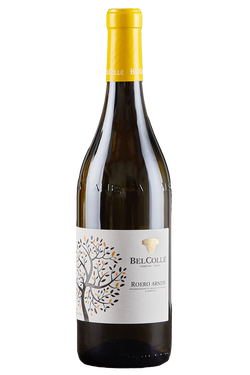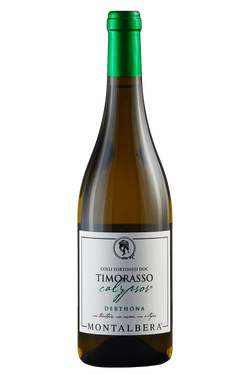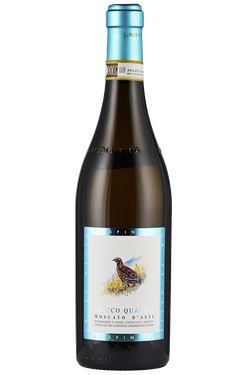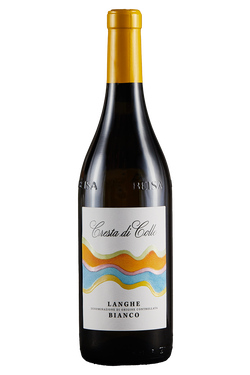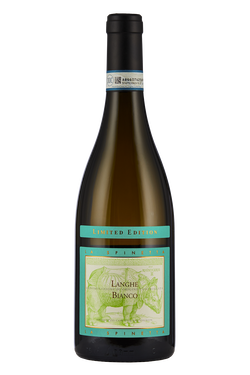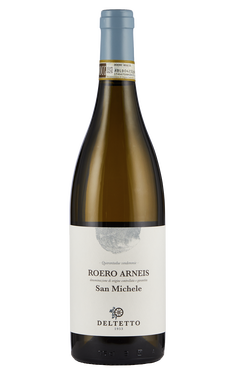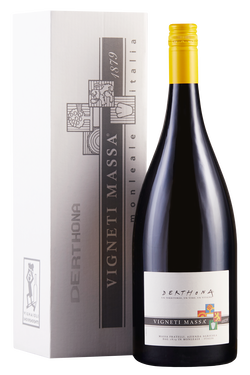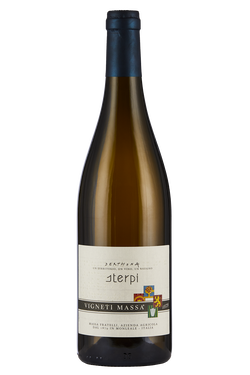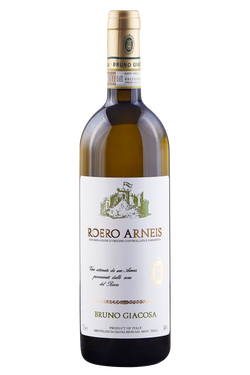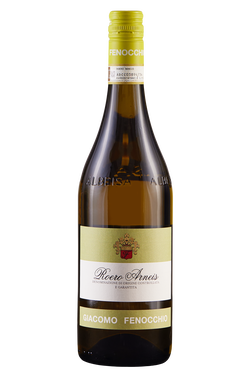- Wines >
- White wines >
- Piedmont
The best white wines of Piedmont
Piedmont boasts a multifaceted wine territory with truly unique characteristics, expressed in both in its red grape varieties and white ones, which account for 15,000 hectares of vineyards, out of a total of 35,000. The most famous white grape varieties are Arneis, Cortese, Erbaluce, Favorita, Moscato, Nascetta and Timorasso. The first, Arneis, grown in the Asti area, Roero and Langhe, is perfectly suited to vinification as either a still or sparkling wine. Its main designations are Roero DOCG (Denominazione di Origine Controllata e Garantita), Langhe DOC Arneis and Terre Alfieri Arneis DOC. Gavi DOCG is an aristocratic Piedmontese white from Cortese grapes, which finds perfect growing conditions in the 11 municipalities of the DOC zone, but which is also produced to a small extent in the Tortona area (Colli Tortonesi Cortese Doc) and in Monferrato (Cortese Alto Monferrato DOC). Another very important but often little-known white grape variety is Favorita, produced in the Langhe DOC Favorita zone.
Historical notes and curiosities
According to some, the evocative name Favorita comes from the fact that in the 19th century it had become the favourite grape of the farmers of Langhe and Roero, probably because it was easier to grow than other varieties, while other historical sources argue that it was the “favourite” variety of King Victor Emmanuel II. Among the many stories, there is a beautiful tale linked to the legend of the nymph Albaluce, from whose tears Erbaluce, a grape with golden bunches, is said to have grown. Thanks to its marked acidity, the extremely versatile Erbaluce can be vinified as a still, raisin or sparkling wine. Among the most important designations is Erbaluce di Caluso DOCG. The extremely ageable Timorasso is among the longest-lived wines of all, an almost immortal white, acknowledged in the Colli Tortonesi Timorasso DOC designation, of which Walter Massa is the putative father. The redemption and recent fame of this wonderful white wine is down to this producer.
Pairings with Piedmontese white wines
Arneis is a white wine with a straw yellow hue, a delicate nose of herbaceous notes such as lime blossom and sage, enriched by floral hints, a fresh palate and a finish of bitter almonds. A white with these characteristics goes well with equally delicate dishes, such as spaghetti with baby squid or gnocchi with aubergines and courgette cream. More intense and citrusy, with mineral aromas, echoed on the palate, Gavi DOCG is a champion that can accompany the entire meal. Imagine it with a rich seafood salad, and then pair it with couscous with salmon and olives, or stewed octopus: perfect! Lunch can continue with Gavi DOCG leading the way, accompanying trout rolls or turbot fillet with green beans and tomatoes. Favorita is a grape that gives whites with hints of citrus, acacia flowers and sometimes tropical fruit, followed on the palate with attractive freshness and full flavour. Excellent with traditional Piedmontese appetizers, fried fish and shellfish, it also goes well with white meats.
More harmonious flavours and aromas
Erbaluce boasts a wonderful sensory profile, which, depending on the version, ranges from fruity aromas in the dry version, to those of apricot preserve and spices in the raisin version, and then citrus and mineral notes in the sparkling wines. The sparkling version pairs nicely with seafood appetizers or rich pasta and rice dishes, such as risotto with salami. The still version of Erbaluce lends itself to pairings with cream cheeses and vegetable-based dishes, while the raisin wine is wonderful with blue cheeses and cream desserts. Timorasso is the most mineral of all Piedmontese whites, displaying typical hints of flint and hydrocarbons, with good body and alcoholic warmth, as well as extremely full flavour. It goes very well with characterful foods, such as black and white truffles, mature cheeses and stews. Now that you have a few more ideas for pairing Piedmont’s best white wines, all you have to do is experiment, choosing dishes both from the region and elsewhere. Have a go; you won’t regret it!







